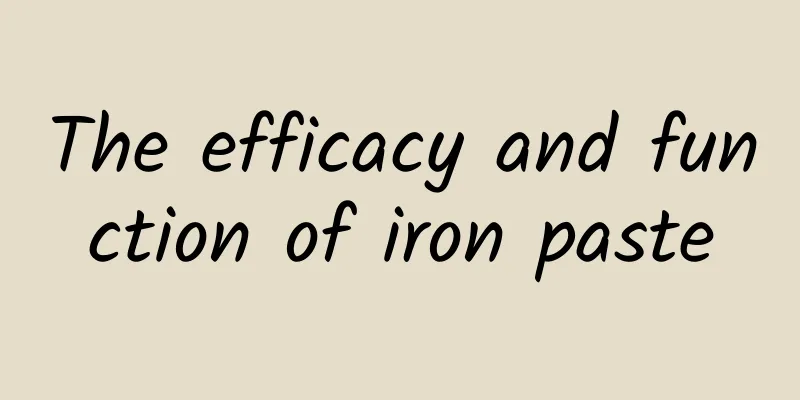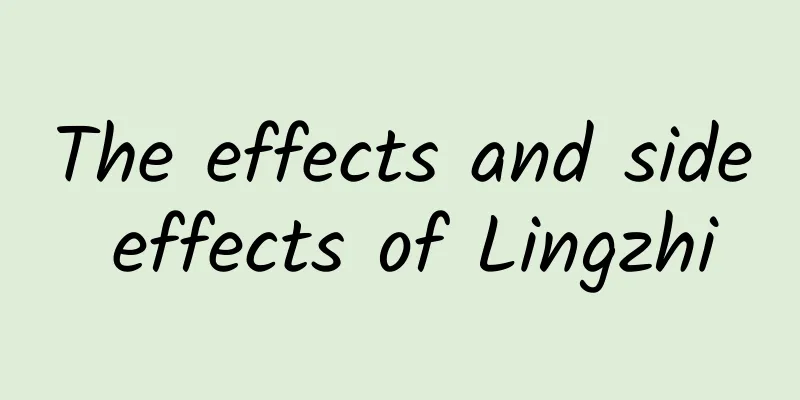The efficacy and function of Tugouzi

|
Mole cricket, commonly known as farming dog, Lala cricket, pickpocket dog, local dog cub (in the western region), and wood cicada (dubizi), is called ground cicada in the northeast region; it is also called willow-cutting boy (Taiwanese for pickpocket). In Sichuan it is called Tugouzi. So, what are the functions and effects of mole crickets? Let’s discuss the functions and effects of mole crickets below! The dried body of mole cricket is used as medicine, which has the effects of promoting urination, reducing swelling and removing toxins. Mole crickets are used clinically to treat urinary stones, edema, ascites due to liver cirrhosis, chronic nephritis and uremia, retained placenta, postoperative urine retention, and bowel and bladder paralysis caused by blockage, and to treat nails, bamboo and foreign objects that have sunk into the flesh. 1. Mole crickets are used to treat edema (abdominal distension, shortness of breath, and inability to lie down): Recipe 1: Dry five mole crickets and grind them into powder. Take one qian of it with boiling water before meals. It is effective if it makes urination smooth. Add one qian of gansui powder and one spoon of shanglu juice. Avoid salt for 100 days. Recipe 2: Collect mole crickets in the summer, dry them, separate them into heads, abdomens and tails, roast and store them. To treat edema in the upper body, use seven heads chopped up; to treat edema in the middle of the body, use seven abdomen chopped up; to treat edema in the lower body, use seven tail chopped up. Take before meals with wine. Recipe three: Use one mole cricket and seven red grape hearts, mash them, expose them overnight, dry them, grind them into powder, and take them with wine. Recipe 4: For troublesome blockages, cut the lower part of a mole cricket into pieces, roast and grind them, take half a penny of it with water, and the blockage will be cleared immediately. 2. Mole cricket treats toothache: Use a mole cricket, wrap it in old wine, wrap it with wet paper and simmer it until it is charred, remove the wine, grind it into powder and apply it to the injured area. 3. Mole crickets are used to treat abdominal edema: Use hot mole crickets and eat ten per day. Another recipe: Use three grams each of Euphorbia, Daphne dahurica, Gelsemium elegans, and Coptis chinensis, and grind them into powder. Take seven mole crickets and add chopped green onions, dry them on new tiles, remove their wings and legs, and cut each one into two halves. To reduce the left edema, grind seven pieces of the left side of the worm into powder and add two qian of the above-mentioned medicine powder. At dawn, boil light bamboo leaves and asparagus cochinchinensis and take it. Three days later, take seven tablets on the right side of the worm in this way. 4. Mole cricket treats the retention of placenta: use one mole cricket, boil it in water twenty times, and drink the water to remove the placenta. 5. Mole cricket treats nasal discharge (swelling of the face and breast is more serious): use one mole cricket. Grind 2.5 fen of talcum powder into powder. Take a small amount each time and put it into the nose. The effect is shown when all the yellow liquid comes out. 6. Mole crickets can treat toilet blockage: Use seven mole crickets and seven dung beetles. For males, take the heads and for females, take the bodies. Roast them on tiles until they are charred and grind them into powder. Take it with the decoction of Chuanxiong bark. Very effective. 7. Mole crickets are used to treat the pain of stranguria: use seven mole crickets and two taels of salt, dry them on new tiles, and grind them into powder. Take one spoonful each time, with hot wine. Mole cricket is used to treat abdominal edema, difficulty urinating and other solid symptoms, and can be combined with Euphorbia, Daphne genkwa, etc. If used to treat urinary retention, you can roast the mole cricket, crush it while it is still hot, and mix it with rice wine or boiling water. |
<<: The efficacy and function of Lying Egg Grass
>>: The efficacy and function of Astragalus and Poria
Recommend
Mobile phone photos and text messages have come back to life, but why can deleted data be recovered?
Popular Science Times reporter Chen Jie The itera...
The efficacy and function of Xiangshiteng fruit
Traditional Chinese medicine often has unexpected...
The best ratio of Panax notoginseng, Salvia miltiorrhiza and Hawthorn
Panax notoginseng is a top-grade health care prod...
The efficacy and function of Euphorbia alpina
Euphorbia alpina is a very common medicinal mater...
The efficacy, effects and consumption methods of Panax notoginseng
Panax notoginseng is a very common Chinese medici...
Is Sophora flavescens good for treating hemorrhoids?
Hemorrhoids are one of the most common diseases a...
"Eat for Health" Special Series | Feeling a little anxious? Why not eat something "sour"!
Do you feel anxious? Some young people often suff...
Worse than staying up late! How harmful is “fragmented sleep”?
Review expert: Wang Xuejiang, professor at Capita...
What are the effects and functions of Bagu Niu?
Many people are not familiar with Ba Gu Niu, but ...
The efficacy, effects and contraindications of Senecio
Summer is coming, we all know that high temperatu...
Why do we need quantum computing?
Author's Note At the request of a friend, I w...
Medicinal Value of Astragalus
Everyone should know that Astragalus is a very co...
The efficacy and function of orange leaves
Tangerine leaves are a medicinal material that ca...
Daily snacking, even small amounts, can reshape your brain
Friends often ask me, if I only eat a little swee...
How to visit Siheyuan? This guide will give you the answer →
Beijingers affectionately call it Siheyuan It is ...









